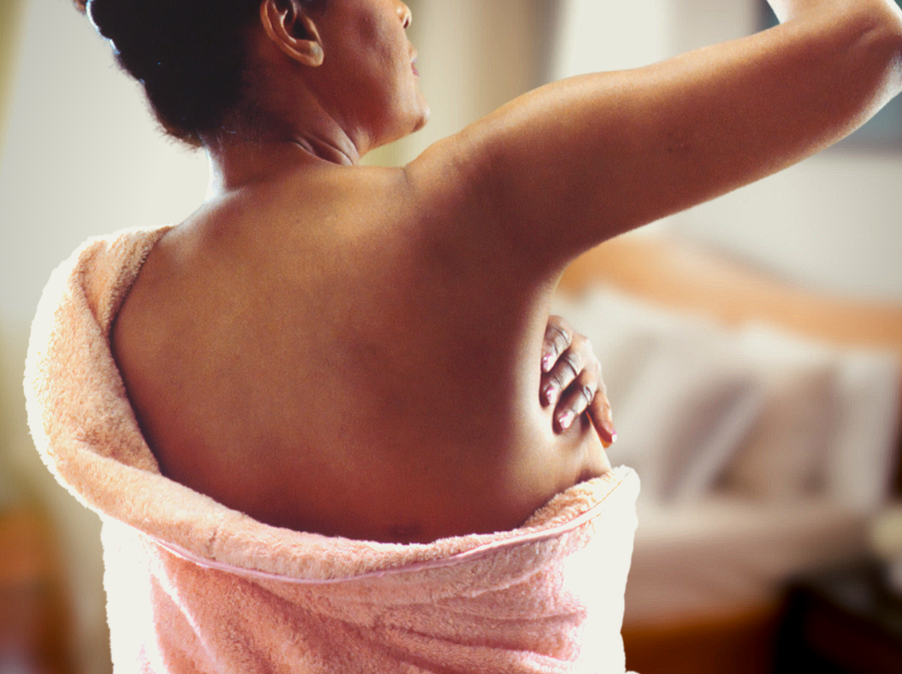Recovery from a mastectomy, whether it be preventative, gender-affirming, or part of cancer treatment, can be a difficult and isolating process. Between the pain, the swelling, the drains, the compression garments, the movement restrictions, and everything else, it can be hard to feel at home in your body while recovering.
So why not get a massage? The idea of being touched may seem unappealing after a medical procedure, but there are many great reasons someone may choose to incorporate professional massage into their post-operative recovery routine.
Swelling and Lymphatic Drainage
Management of swelling is the most common reason people seek out massage therapists after a surgery. Swelling is common after surgeries, as it is a normal part of how the body heals. In cancer-related mastectomies, swelling and lymphedema are especially common because lymph nodes are removed, reducing the body’s ability to deal with fluid buildup in the chest and arm on the affected side.

Manual lymphatic drainage (MLD) is a manual technique that gently pushes lymphatic fluid through the tissues. It is not painful, and uses very light pressure. When performed by a professional who has been trained and certified in the technique, MLD can reduce post-operative swelling and help prevent the development of secondary lymphedema. Reducing the swelling around an incision takes pressure off of it, reducing discomfort and facilitating quicker healing.
If you believe you are already experiencing lymphedema, it is important to reach out to your doctor, as massage alone can only support symptom management and not treat the issue.
Scar Care
Another common reason people get post-op bodywork done is to improve their scarring. Regular massage following a surgery can help scar tissue integrate with the surrounding skin. As part of post-op recovery, many surgeons recommend self-massage on and around the incisions to improve healing. Not many surgeons go into detail about how to do scar massage, so it can be helpful to go to a licensed massage therapist—either to do it for you or to teach you to do it yourself.
Preliminary research on post-operative scar massage by licensed massage therapists shows that regular massage can have the following effects on scars:
- Reduced redness
- Softening and flattening
- Improved tissue motility
- Easier movement and improved range of motion
- Decreased pain and discomfort
- Improvement of sensation
If a breast implant has been placed following reconstructive surgery, self-massage can relax the tissue and aid in the healthy formation of a capsule and reduce the risk of erosion.
Scar massage can be effective on new and old scars alike, as long as they have been cleared for direct work by the attending surgeon—typically about 6-8 weeks post-op.
…and Everything Else!
With all the focus on your incisions, what about the rest of you? Low back sore from laying on the couch while you recover? Shoulders and ribs angry after wearing a compression garment 24/7? Post-op massages have all the benefits of any other massage in terms of relieving muscle tension and pain.
And, last but not least, it just feels good to be touched in a non-invasive, non-medical way following a heavily medicalized experience such as a surgery or cancer treatment. Safe touch can help bring us back down into our bodies in a calm, relaxed way so that we can heal.


